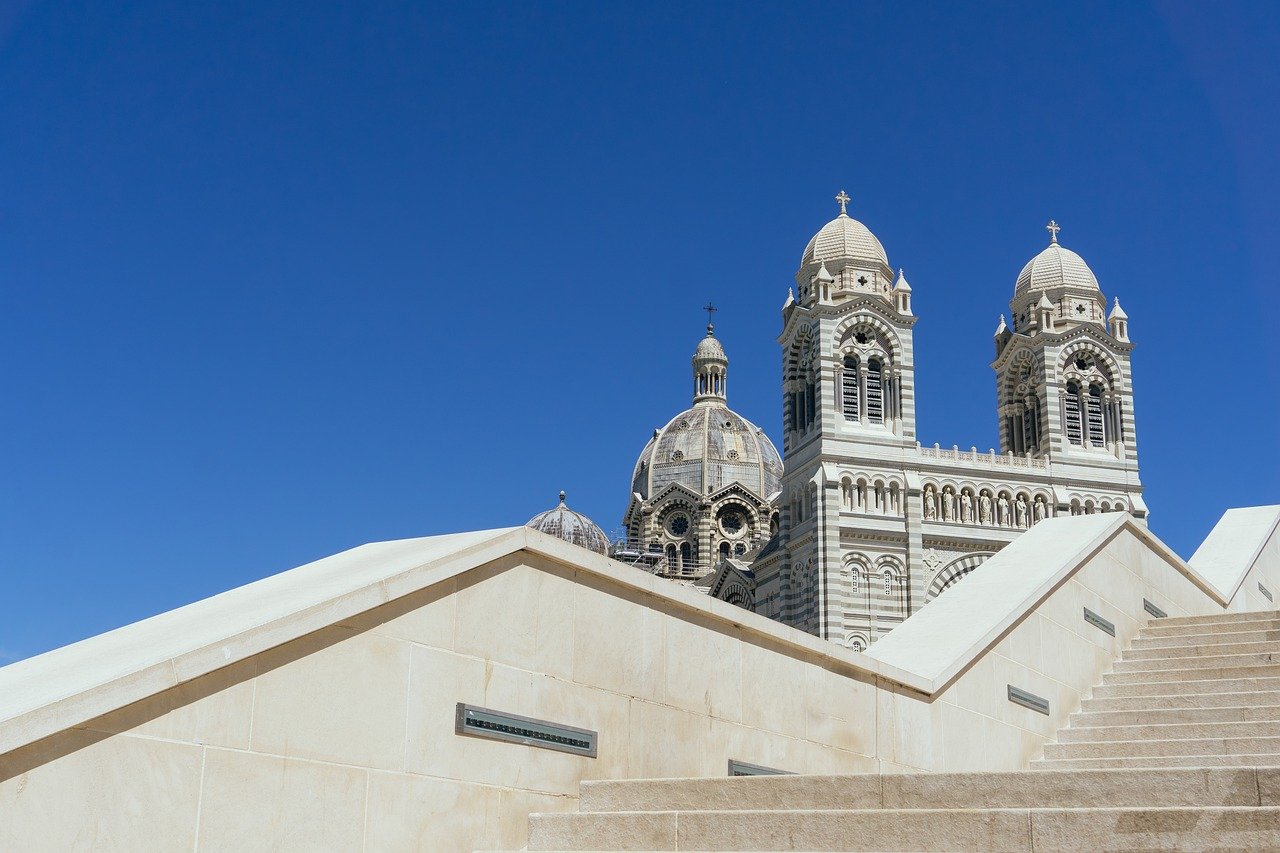Churches are more than just places of worship; they are historical landmarks that carry centuries of cultural, architectural, and spiritual significance. The maintenance of these sacred buildings is essential not only to preserve their structural integrity but also to safeguard the rich history they embody. In this article, we explore how church maintenance plays a crucial role in protecting religious history and ensuring that future generations can continue to appreciate these sacred spaces.
The Historical Significance of Churches
Churches often serve as repositories of religious traditions, historical events, and architectural masterpieces. Many churches date back hundreds or even thousands of years, reflecting the art, craftsmanship, and theological perspectives of their time. From stained-glass windows and intricate frescoes to ancient manuscripts and relics, churches house invaluable artifacts that provide insight into the past.
However, time, environmental conditions, and human activities can lead to deterioration. Without proper maintenance, these historical and religious treasures risk being lost forever. This makes regular upkeep a necessity rather than a choice.
How Church Maintenance Preserves Religious History
1. Structural Integrity and Safety
A well-maintained church ensures the safety of worshippers and visitors while preserving historical structures. Cracks in walls, leaking roofs, or unstable foundations can lead to irreversible damage if left unchecked. Routine inspections and repairs help prevent structural weaknesses from worsening over time.
2. Preservation of Art and Artifacts
Churches often contain paintings, sculptures, and decorative elements that hold religious and historical significance. Humidity, temperature fluctuations, and exposure to light can degrade these valuable items. Implementing climate control measures and restoring damaged artwork ensures that these treasures remain intact for future generations.
3. Protection Against Environmental Damage
Weather conditions, pollution, and natural disasters pose significant threats to church buildings. Rainwater can seep into the walls, causing mold and decay, while strong winds and earthquakes can weaken structural elements. Regular maintenance, such as waterproofing, reinforcing weak areas, and installing protective barriers, helps safeguard churches from environmental damage.
4. Conservation of Sacred Texts and Manuscripts
Churches often house ancient religious texts, including handwritten Bibles, liturgical books, and historical records. Proper storage conditions, such as controlled humidity levels and secure display cases, are necessary to prevent deterioration. Digitization of old manuscripts can also aid in preservation while making them more accessible for study.
5. Restoring Traditional Architectural Features
Many churches boast unique architectural styles, such as Gothic, Baroque, or Romanesque designs. Over time, erosion, vandalism, and neglect can compromise these features. Professional restoration efforts ensure that original designs and craftsmanship are retained, maintaining the church’s historical authenticity.
6. Maintaining Cemetery and Memorial Grounds
Church cemeteries and memorial sites hold historical and genealogical significance. Headstones, mausoleums, and monuments can deteriorate due to weathering and neglect. Regular cleaning, repair, and landscaping of these sacred spaces ensure that the memories of past generations are preserved with dignity.
7. Preventing Vandalism and Theft
Unfortunately, churches are sometimes targeted for vandalism or theft of valuable artifacts. Security systems, surveillance cameras, and reinforced entry points can deter criminals and protect historical relics from being stolen or destroyed.
The Role of the Community in Church Maintenance
Church maintenance is not solely the responsibility of clergy members or church administrators. Communities play a vital role in preserving these historical sites. Volunteers can assist with cleaning, fundraising for restoration projects, and raising awareness about the importance of church preservation. Local governments and heritage organizations can also provide grants and support for conservation efforts.
Conclusion
Maintaining churches is a crucial task that goes beyond aesthetics—it is a means of preserving religious history, architectural heritage, and cultural identity. Without proper upkeep, centuries of faith, artistry, and tradition could be lost. Through regular maintenance, restoration, and community involvement, we can ensure that these sacred structures remain standing as testaments to our shared spiritual and historical legacy.
By investing in church maintenance today, we secure the preservation of religious history for generations to come.
Sacred Christian Pilgrimage Organization is a non-profit organization devoted to inspiring spiritual growth through Christian pilgrimage. We create content to guide and support individuals on meaningful journeys of faith.





